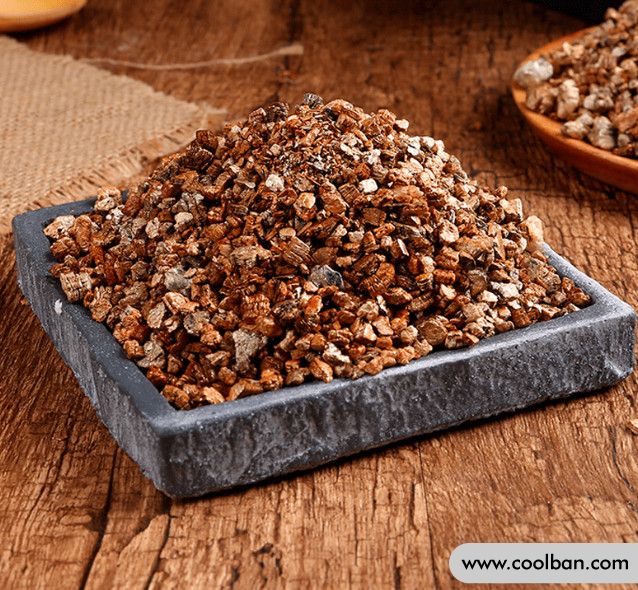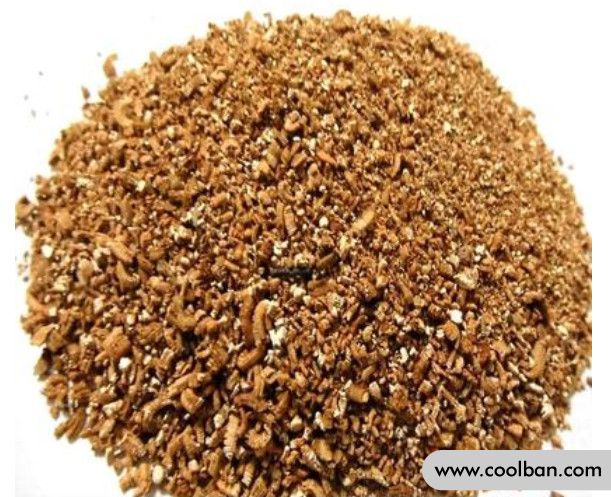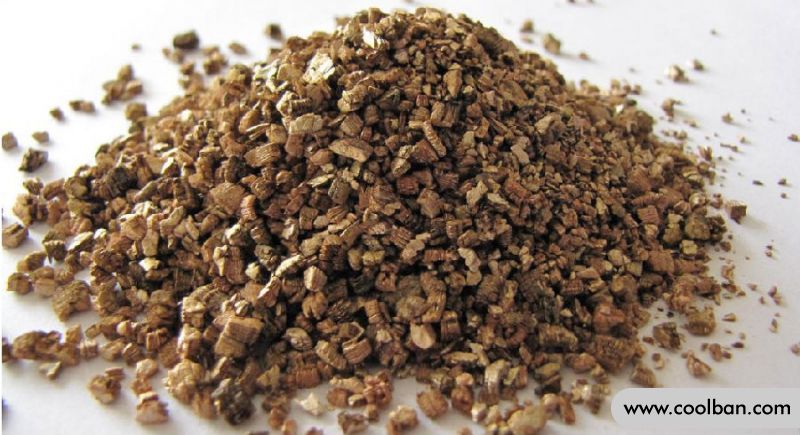What are the functions of vermiculite?
Friends who like to grow flowers will contact or use vermiculite, especially in the process of planting, they will often use this kind of thing. So what is vermiculite? Why is it so popular with so many fans? Today, the editor will tell you some common sense about vermiculite.

What is vermiculite?
Vermiculite is an inorganic and non-toxic inorganic mineral that expands due to high temperature under the action of high temperature. This is a rare natural silicate mineral. Its crystal structure is a single oblique crystal system. Its appearance is somewhat similar to mica, but it is essentially different from mica.
Vermiculite is formed during hydration, usually along with asbestos. The nutrient content is well increased due to ion exchange during application. In real life, vermiculite has excellent properties and is favored by many flower lovers.

What is the function of vermiculite?
There are two kinds of vermiculite most commonly used in the market, one is white vermiculite and the other is yellow vermiculite. White vermiculite is the best nutrient, which can accelerate the growth of seedlings, even if no other substrate is added, it can also play a very good role.
Generally speaking, plants grown with vermiculite, especially succulents, have two main functions, one is to allow plants to take root, and the second is to make potting soil.
Vermiculite is an important plant cultivation technology. It is a medium suitable for plants, which is not only rich in N, P, K, and also contains a large amount of aluminum, iron, magnesium, silicate, etc., and these substances are the main nutrients of plants. So, using it for planting is still very effective. Next, the editor will introduce you to two roles of vermiculite in growing plants.

1. Promote rooting
Vermiculite has good air permeability and water retention, which can maintain indoor humidity to a certain extent, promote the germination of seeds, and accelerate the rooting of plants. In practical applications, vermiculite is widely used in leaf transplanting and sowing of succulents, and is an important plant material. Not only succulents, but even roses and geraniums are made of this natural vermiculite for cuttings.

Function 2. Prepare the potting soil
In a way, vermiculite does not have any nutrients, but its moisture is good. Many meat lovers like to mix vermiculite particles into the medium to make potting soil, but the ratio should be scientific and reasonable. Since different crops have different water requirements, the proportion of vermiculite in the prepared soil should be flexibly adjusted.
Many people like vermiculite, but when planting, they are too blind, ignore the science of soil, ignore the water retention of soil, cause the soil to be too wet, and cause the root system to rot. It can be seen that in normal soil preparation, the added vermiculite is not conducive to the growth of plants.

What are the advantages and disadvantages of vermiculite?
Compared with other substrates, its advantages are: it has good air permeability and water holding capacity, so it plays a great role in the germination and growth of plant roots.
But vermiculite also has a very important drawback, that is, it is easily chipped and cannot be used to plant large old roots. It is usually used during the sowing and nursery stages of plants. Therefore, when cultivating succulents, vermiculite can play a great role, but large adult plants and old piles do not have the significant advantages of other substrates in promoting growth.
